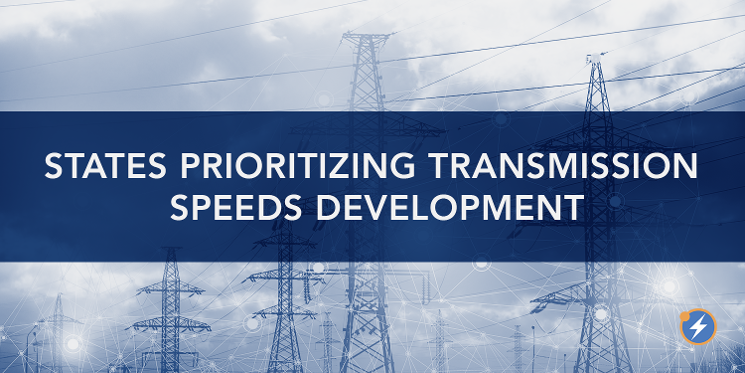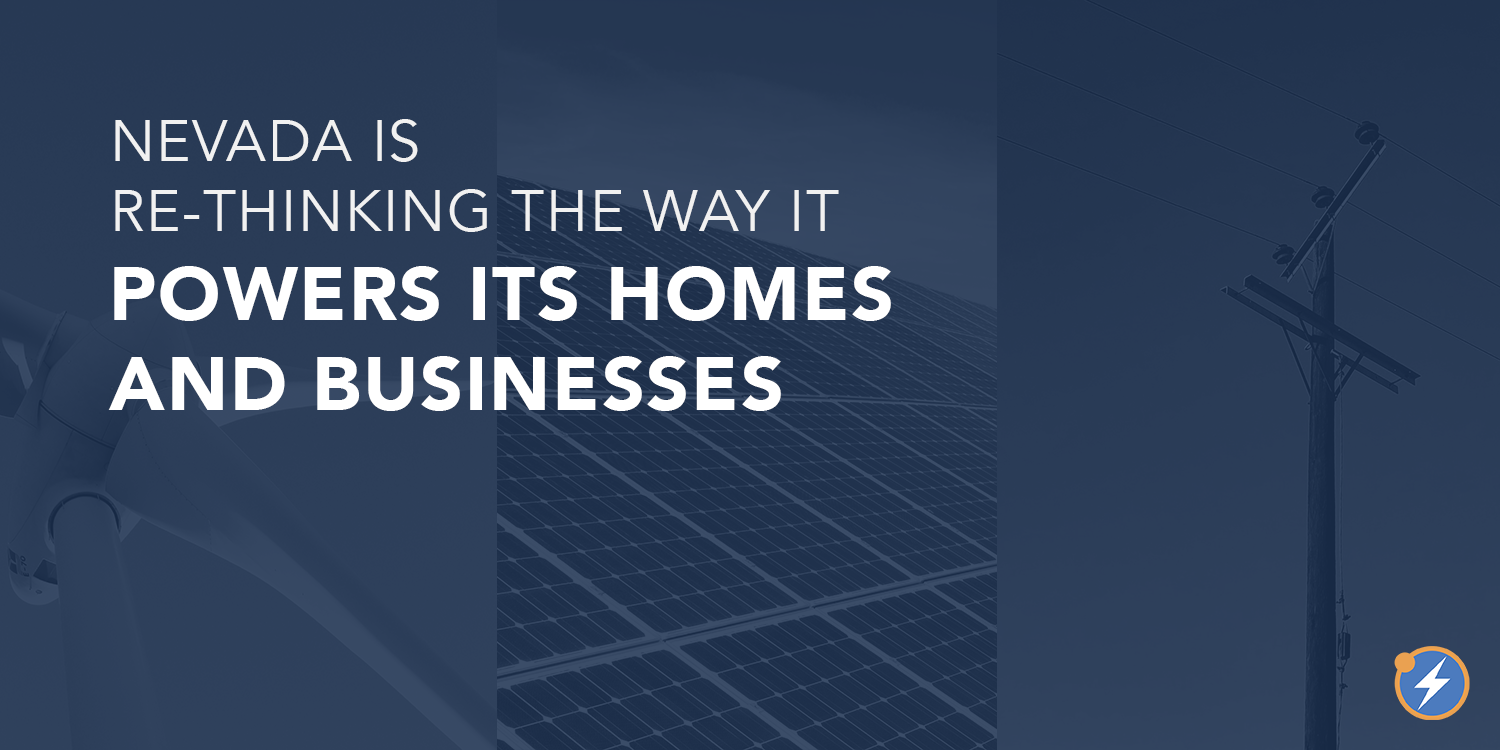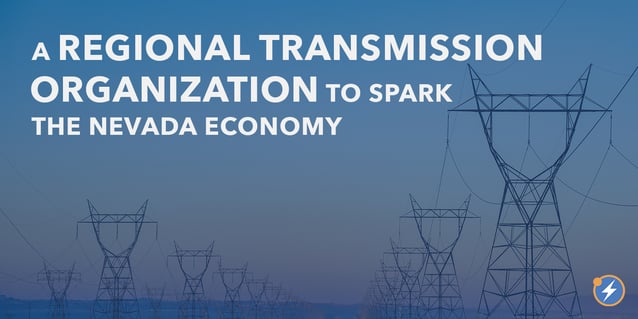
The need to deploy vast new supplies of advanced energy technologies to achieve a 100% clean electricity system and power the transportation and building sectors with clean electricity is well documented. Expanding the nation’s electric transmission infrastructure — the long-distance high-voltage lines that deliver electricity in bulk from generation resources to local distribution networks — is a key part of achieving that goal. A variety of challenges stand in the way of transmission expansion, ranging from weak planning processes, to fights over who will pay the cost of new lines, to local permitting and siting issues. Addressing these challenges will require policy changes not just at the federal level, where recent attention has been focused, but also in states and local communities.

